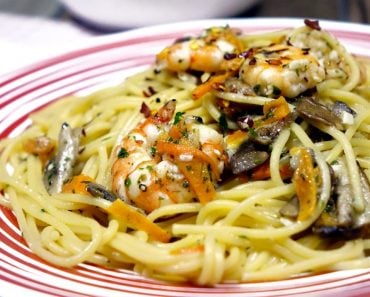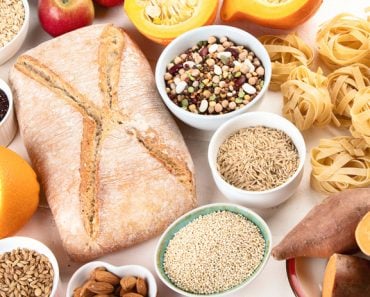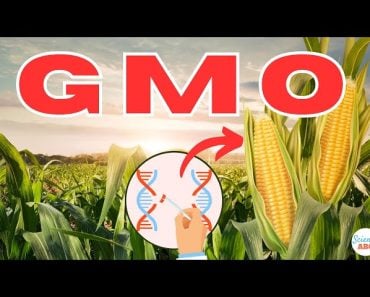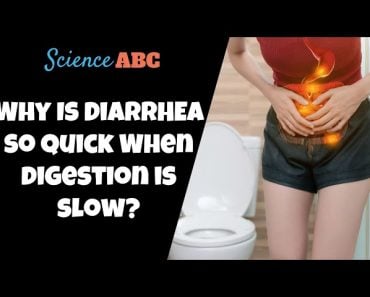Table of Contents (click to expand)
Gluten is a protein found in wheat, rye, and barley. It is what gives bread its chewy texture and helps it to rise. Gluten is also used as a binding agent in many processed foods. Some people are allergic to gluten and can’t eat it without getting sick. For these people, a gluten-free diet is a necessity. However, many people have jumped on the gluten-free bandwagon in recent years, thinking that it will help them lose weight, when in reality, it probably won’t make much difference.
One thing about society will likely never change – the never-ending stream of trends and fashionable fads that rise and fall in a matter of years, months, or even weeks. This can range from the must-have Christmas present of the year or a particular Hollywood pattern to a new workout regimen that can slash pounds instantly or a health fad diet.
These sorts of trends can be irritating, inexplicable or obnoxious, but they also seem rather unavoidable. In recent years, a rather strange obsession has arisen in America, although it is spreading to many other parts of the world – the fear of gluten! It seems that everyone is going “gluten-free” lately, but what is this fad all about – and when can we expect it to end?
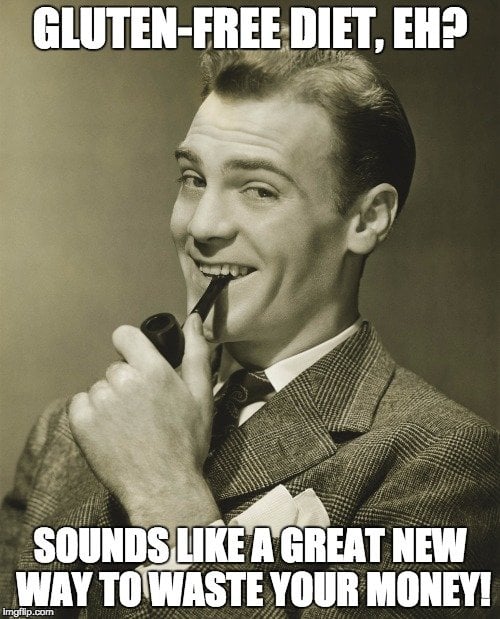
Short Answer: Gluten is a broad term for some of the proteins that are found in wheat, rye, barley and triticale. The gluten-free diet is fashionable, but only a very small number of people are truly allergic or insensitive to gluten. For the rest of these fad diet fanatics, eliminating gluten is essentially pointless.
Recommended Video for you:
The Strange Infamy Of Gluten
A decade ago, if you had walked into a restaurant and asked for a gluten-free menu, most waiters would have looked at you like a crazy person, and yet now, in 2017, if a restaurant doesn’t offer a gluten-free option, they’re likely to get torn apart on Yelp. This recent phenomenon is somewhat similar to the world’s collective hatred of carbs for the past decade or so, but at least that had some nutritional validity in terms of cutting down on simple sugars and decreasing your risk of diabetes. This fad of gluten, however, doesn’t have the same healthy leg to stand on.
As mentioned above, gluten is a general term for some of the proteins found in wheat that helps food maintain its shape, namely acting as a glue for certain substances (e.g., breads, pasta, sauces, cereal etc.). However, these proteins are not only in wheat, barley and rye products. Due to their binding nature and their ability to “fill space”, many manufacturers use gluten as a thickening or binding agent, so even if a product has nothing to do with wheat or cereal, it may still contain gluten (e.g., deli meats, pudding, pickles, soy sauce, and dry roasted nuts, among many others). Suffice to say, it has become a major part of our modern diet, particularly in the United States.
Now, for a bit of history, human beings have been eating gluten for tens of thousands of years, considering that wheat and other grains were some of our earliest agricultural products. Even so, there is a small part of the population that is gluten intolerant, meaning that they suffer from coeliac disease. Consuming gluten is dangerous for these people, as it can damage the inner lining of the small intestine, compromising the body’s ability to absorb nutrients. However, only about 1% of the population suffers from this condition, and it is further believed that up to 3/4 of the cases go undiagnosed.
Another 5-6% of the population has gluten “sensitivity”, which means that eating too much gluten may give them a stomach ache or a bit of nausea, but for the most part, in moderation, gluten will not do much damage to their bodies.
Also Read: Is It Possible To Have Gluten-Free Wheat?
The Rise Of The Gluten-Free Fad
Now, while only 1% of the population actually suffers from coeliac disease, that number is roughly 4 times higher than it was 50 years ago. Doctors and researchers aren’t sure what the reason for this rise is – possibly just more awareness, whereas cases had previously just gone undiagnosed. Regardless of the reason for this increase in exposure, gluten has come into the spotlight. A number of celebrities and trend-setters, Gwyneth Paltrow and Russell Crowe included, have praised a gluten-free diet to the masses, claiming that it can do wonders for the body, such as eliminate eczema, bloating, fatigue and stomach discomfort.

For people with coeliac disease, and for some of those who are “sensitive” to these wheat proteins, these claims may be true! As a coeliac sufferer, gastric distress, bloating, cramping, diarrhea, nausea and vomiting can be avoided if you eliminate gluten from your diet, in addition to other external manifestations, such as eczema. However, if you don’t suffer from this disease, gluten is harmless to the body, so cutting it out of your diet won’t act as some sort of cure-all. Would you stop eating cheese because you heard that the lactose in it can make some people sick?
Despite that logic, it is difficult to put the genie back in the bottle, and that is precisely what we are seeing with the gluten-free fad. Bloggers and the Internet at large labelled gluten as the new enemy of health and wellness, and millions of people began to listen. Roughly 20-30% of the American population is now trying to eliminate or curtail their gluten intake, which has caused a massive boom in the gluten-free food industry.
In the past few years, US sales of products with the gluten-free label have jumped to over $22 billion, and that number is expected to increase. Even some food products that have never contained gluten, and are in no way connected to wheat or cereals, have slapped on a “naturally gluten-free” label just to get in on the action. Gluten-free products are also very expensive, often twice as much as a regular version of the same food, meaning that food manufacturing companies are in no rush to stem the trendy tide of GF.
For people with coeliac disease, this huge increase in availability for gluten-free food is good news, but it has also perpetuated the idea that anyone can benefit from eating gluten-free. As the buzz behind gluten-free diets grows, it becomes harder for restaurants, manufacturers and retailers to service those people who truly need gluten-free products. At restaurants, it is not uncommon for a waiter to now ask, in response to a gluten-free request, “Is it an allergy or a preference?” The physical side effects of eating gluten as a coeliac sufferer are quite serious, and can cause long-term damage to your digestive system, so making a mistake can ruin an evening and make you ill for days.
For those millions of other bandwagon-jumpers, however, believing that cutting out gluten will help them lose weight, avoid diabetes, prevent autism, and fight infertility… it simply isn’t true. This has been an incredibly well crafted marketing campaign, based around a demographic that actually does benefit from eliminating these proteins from their diet. The potential for a gluten “sensitivity” is what really caused this trend to explode, since self-diagnosis is en vogue and our fad-crazed society takes any chance it can to pursue, praise and promote any new fashionable diet – even if there is no legitimate reason to do so!
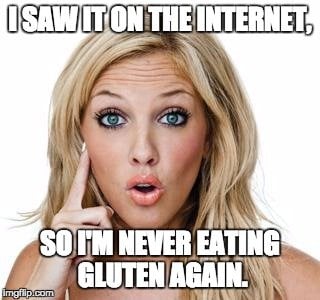
Next time you’re sitting in a restaurant and are tempted to try going “gluten-free”, remember the real reasons behind this fad, and just order your pasta and beer, with a side of garlic bread, and be glad your body can efficiently process all the gluten in the foods you enjoy!
Also Read: Are There Benefits To Eating Multi-Grain Products?
References (click to expand)
- (1990) Revised criteria for diagnosis of coeliac disease - Agris (FAO). The Food and Agriculture Organization of the United Nations
- Celiac Disease Foundation. celiac.org
- Holmes, G. K., Stokes, P. L., Sorahan, T. M., Prior, P., Waterhouse, J. A., & Cooke, W. T. (1976, August 1). Coeliac disease, gluten-free diet, and malignancy. Gut. BMJ.
- Celiac Disease: Gluten Is The Culprit, But Why? - TIME. Time



